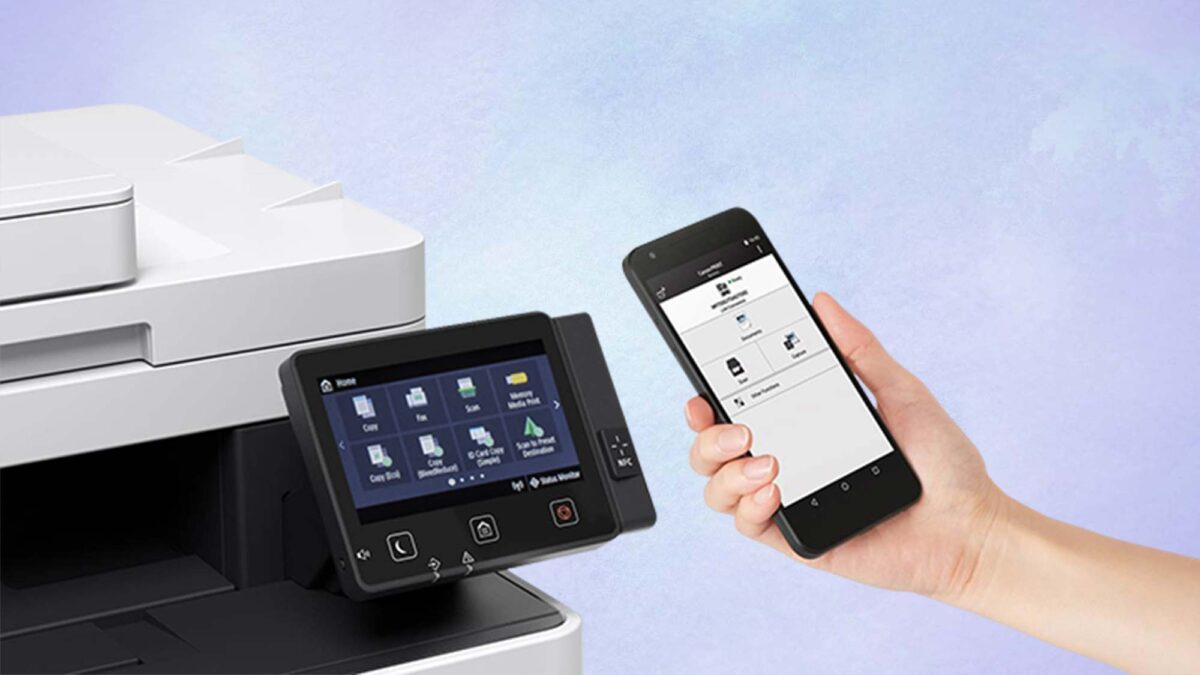In today’s digital age, businesses are relying on technology more than ever before. With the rise of remote work and remote document management, companies are turning to managed print services (MPS) for efficient and cost-effective solutions. However, with this increased reliance on technology comes a growing concern for cybersecurity threats. Data breaches can have devastating consequences for businesses, from financial losses to damage to their reputation and customer trust. In this blog post, we will explore the intersection of MPS and cybersecurity, discussing why it is crucial for businesses to incorporate robust security measures into their managed print services strategy. We will also dive into the steps that organizations can take to mitigate risks and protect themselves against potential cyber attacks in a constantly evolving technological landscape.
The evolving threat landscape is increasing risks for managed print services As the threat landscape continues to evolve, the risks for managed print services are also on the rise. With sensitive information being shared and stored through printing devices, it is crucial for businesses to prioritize the security of their managed print services. This includes implementing proper security protocols, such as encryption and access controls, to safeguard against cyber attacks and data breaches. Additionally, regularly updating and monitoring these devices is essential in identifying and addressing any potential vulnerabilities. Properly securing managed print services not only protects confidential information, but also helps maintain the overall security of the organization. (Source: CSO Online)
Regulatory requirements are tightening for protecting sensitive data With the increasing amount of sensitive data being collected and stored, regulatory requirements for its protection are becoming more stringent. Organizations must adhere to these regulations to ensure the privacy and security of their customers’ information. Failure to comply can result in severe consequences, such as fines and damage to the company’s reputation. To stay in line with these requirements, companies can implement data protection measures such as encryption and access controls. Additionally, regular audits and risk assessments can help identify any vulnerabilities and ensure that the necessary security measures are in place. It is crucial for organizations to prioritize data protection to avoid any regulatory violations and maintain the trust and confidence of their customers. Reference
In conclusion, the evolving threat landscape has become a major concern for businesses relying on managed print services. As cyber attacks become more sophisticated and frequent, organizations must prioritize their print security to mitigate potential risks. Additionally, with the tightening of regulatory requirements for protecting sensitive data, organizations can no longer afford to overlook the vulnerabilities within their printing infrastructure. It is crucial for businesses to take proactive measures in implementing robust security protocols and regularly updating them to keep up with the changing threats. Moreover, providing continuous training and awareness to employees about print security policies is vital in keeping confidential information safe. As technology continues to advance, it is imperative for businesses to stay vigilant and adapt quickly in order to protect their valuable assets and maintain customer trust. By understanding the shifting landscape and taking necessary precautions, organizations can confidently navigate through these challenges and secure their managed print services for a more resilient future. Let us not wait until it’s too late; let us proactively act today for a safer tomorrow. Stay informed, stay secure!



